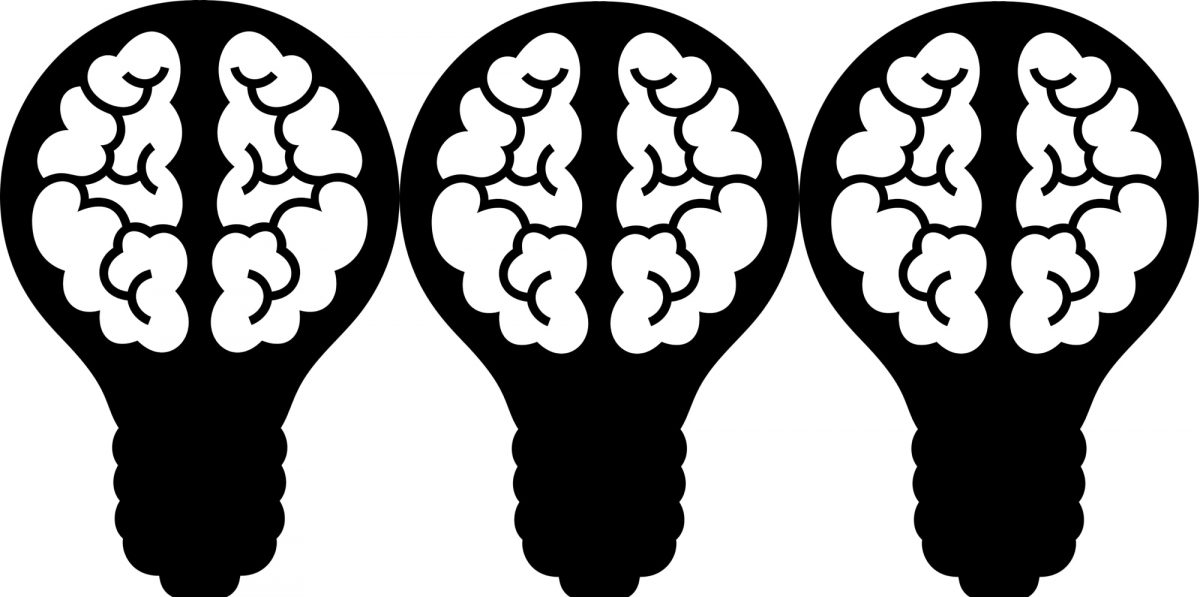Overall Aim: Helping design human-machine integration in marine citizen science
The creation of more powerful machines opens up new ways of collaboration between humans and machines. An arena for the design of complex human-machine systems is “citizen science”, wherein combining human efforts with machine learning can help researchers process more data faster. Human-machine integration can also allow citizen scientists to focus on harder classifications while helping researchers validate participant observations. This may result in novel opportunities for accelerating scientific progress by involving members of the general public. OptimHum aims at optimizing a hybrid configuration, involving both human and machine intelligence, which can make the most of the capability of both in a marine citizen science project called Koster Seafloor Observatory. The project falls within marine image informatics, an emerging field settled at the intersection of marine biology and ecology, image processing, and machine learning. The main purpose of this Observatory is to learn how climate change and human activities influence Sweden’s marine ecosystems. The Koster seafloor observatory is part of the Ocean Data Factory Sweden, coordinated by the Swedish Centre for Ocean Observing Technology. The Koster Seafloor Observatory is a citizen science project, where researchers ask the public for help in their research. By identifying species in short movies and images, the public can help with important information on how the fauna on the seafloor has changed in response to warmer waters, fishing activities, and changes in environmental protection.
The identifications made by the visitors also help train artificial intelligence algorithms, which later automatically and in real-time can recognize key ecological species from the seafloor imagery, such as corals. This way, researchers will be able to monitor species and protected environments in the future with the help of underwater vehicles.
